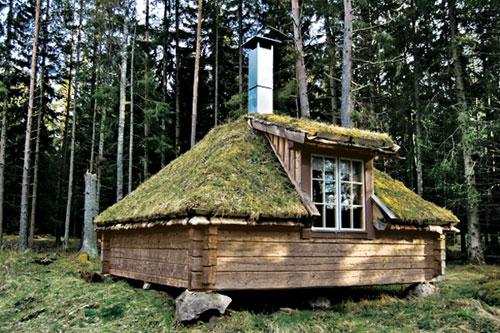Ecotourism Design Elements
 Generally, design can be defined as “realisation of a concept or idea into a configuration, drawing, model, mould, pattern, plan or specification (on which the actual or commercial production of an item is based) and which helps achieve the item’s designated objectives” (Business Dictionary, 2014, online). Design of products and services is a separate science in marketing to be approached in a serous and responsible manner.
Generally, design can be defined as “realisation of a concept or idea into a configuration, drawing, model, mould, pattern, plan or specification (on which the actual or commercial production of an item is based) and which helps achieve the item’s designated objectives” (Business Dictionary, 2014, online). Design of products and services is a separate science in marketing to be approached in a serous and responsible manner.
Design process for new products and services involve the stages of initial research, concept formulation, initial design, development, construction of a prototype, engineering, and production.
However, the extent of applicability of design process described above is highly limited towards ecotourism primarily due to the fact that it is highly difficult to develop new ecotourism destinations from the scratch.
Accordingly, the key features of design elements of ecotourism are vastly different from the key features of design elements of the majority of products and services. Key features of ecotourism design elements can be specified as genuineness of nature environment, specific wildlife, pure ecosystem with accessible interpretation trails, level of excitement of its nature phenomenon, ecolodge, cultural immersion of local people, and historical heritage. The level of relevance of these key features to customer needs is discussed in the following part of the report.
Ecotourism Design Elements and Customer Needs
The following table illustrates the relevance of ecotourism design elements to customer needs:
| Key features of ecotourism design | Discussions |
| Genuineness of natural environment | Ecotourists have high levels of interest in genuine nature places such as forests, national parks, marines, etc. |
| Specific wildlife | Higher levels of wildlife such as animals living in a free habitat have serve as effective attraction for ecotourists |
| Ecosystem | Ecosystems can be explained as self-sustaining communities within natural settings (Schmitz, 2007) and they represent a major point of interest for ecotourists |
| Ecolodge | Ecolodge is a temporary accommodation for ecotourists. Effective design of ecolodge involves efficient integration of comfort and relevance to local natural settings. |
| Level of excitement | Satisfaction of customer needs for excitement and adrenalin need to be integrated within marketing communication message of ecotourism tour operators. |
| Cultural immersion of local people | Specifications of local cultural identities can be presented as one of the key design elements of ecotourism. This design element is highly relevant to customer needs in a way that it contributes to the satisfaction of customer need for change, learning and knowledge. |
Key features of ecotourism design
Changes in Ecotourism Design Elements
Design of ecotourism key features need to be corresponding with changing customer needs. This specific issue represents a major point of difference between design elements of ecotourism and the design elements of many other products and services.
In other words, for the majority of products and services, key features of design elements such as shape, size, colour, design, imagination, relevance and usefulness need to be highly dynamic in order to relate to the increasing levels of customer expectations. For example, design elements of popular consumer electronics products – mobile phones change at rapid paces in terms of their sizes and design in order to be able to attract customers.
Key features of design elements of ecotourism services, on the contrary, are fundamentally different in a way that in most cases they need to remain constant in order to remain attractive to customers. As discussed above, key features of design elements of ecotourism include genuineness of nature environment, specific wildlife, pure ecosystem with accessible interpretation trails, level of excitement of its nature phenomenon, ecolodge, cultural immersion of local people.
Attempts by tour operators or local authorities of ecotourism destinations to manipulate with these key features of design elements of ecotourism can comprise the level of attractiveness of these destinations to potential visitors because visitors are mainly attracted by originality and uniqueness of these elements.
To summarise this specific point, changes in ecotourism design elements in order to meet changing customer needs might not be the most effective approach because customers of ecotourism destinations might be attracted by the constancy of these elements.
References
Design (2014) Business Dictionary, Available at: http://www.businessdictionary.com/definition/design.html
